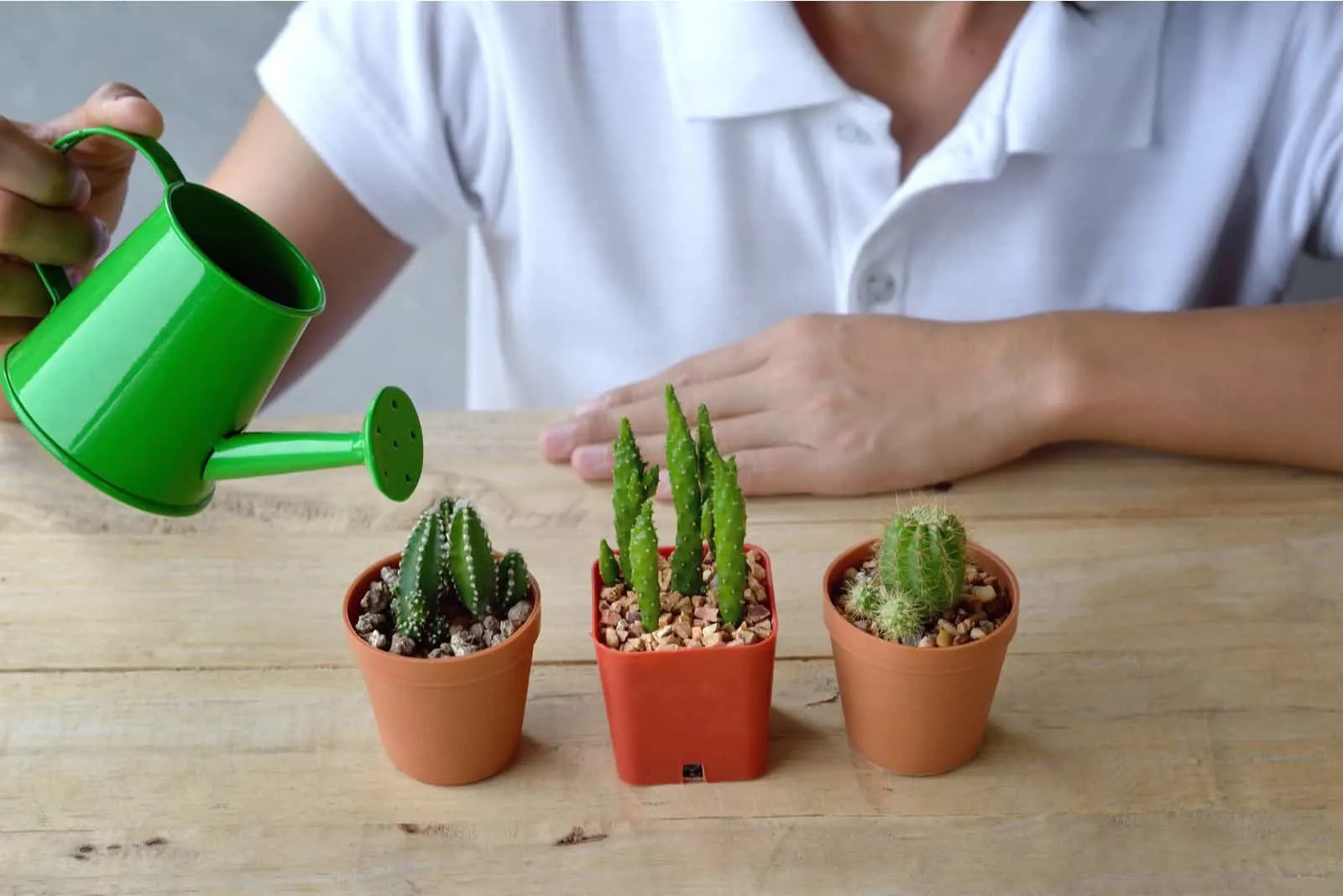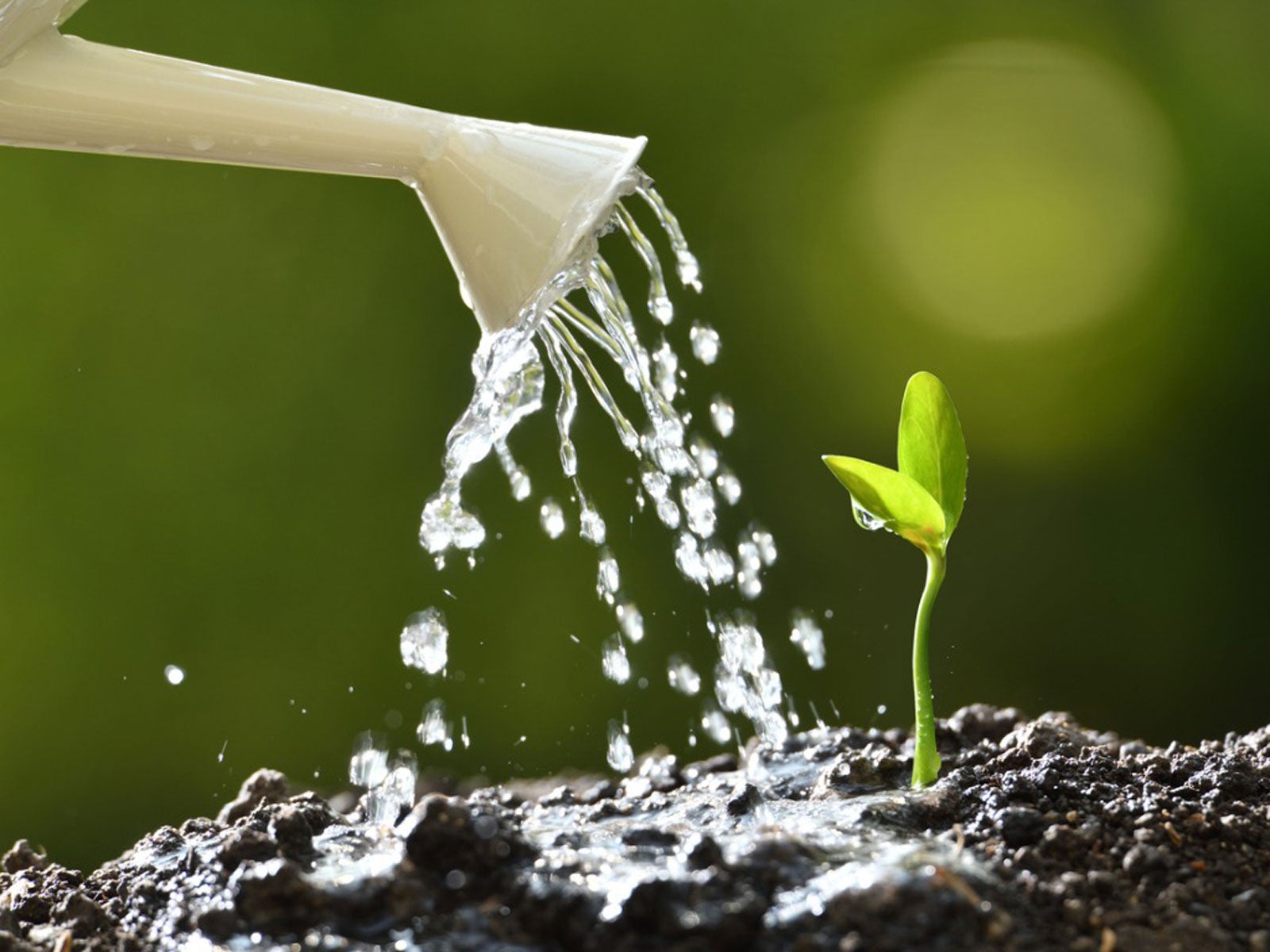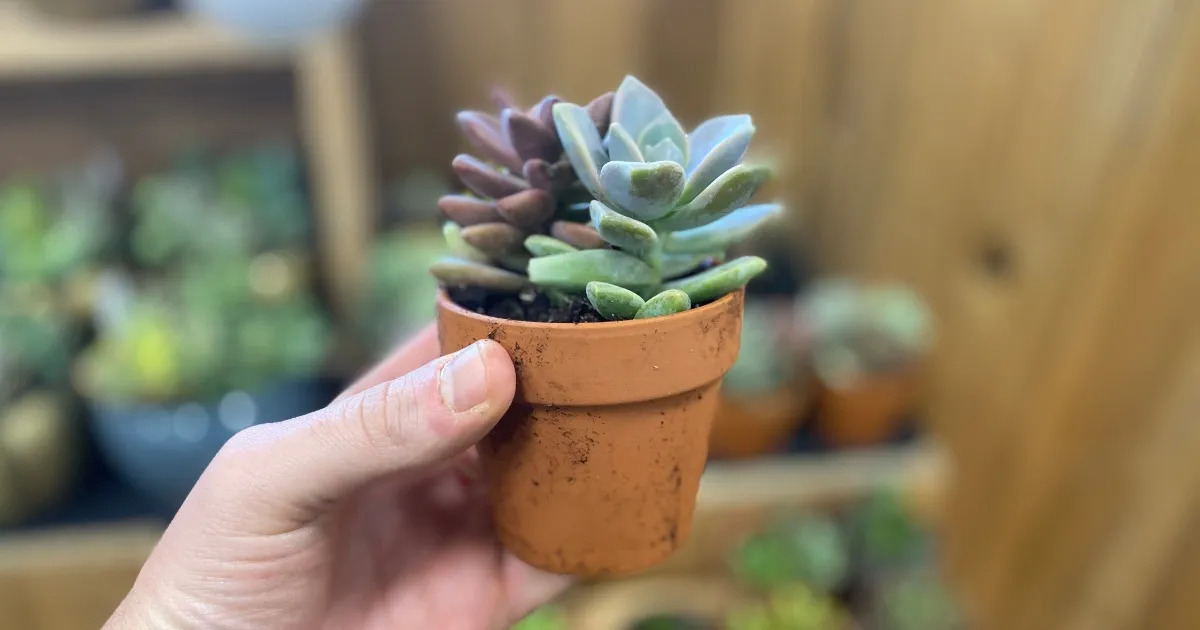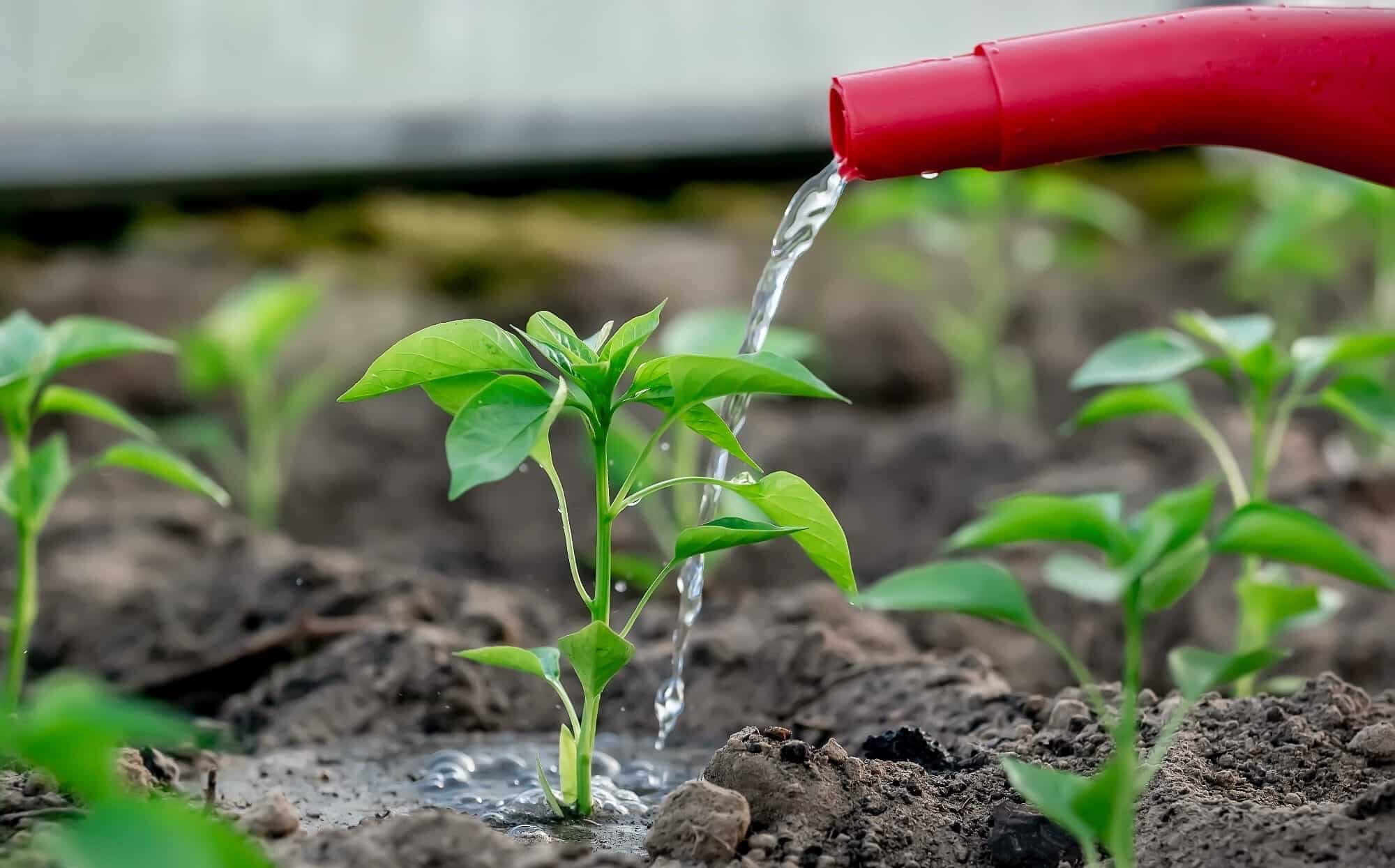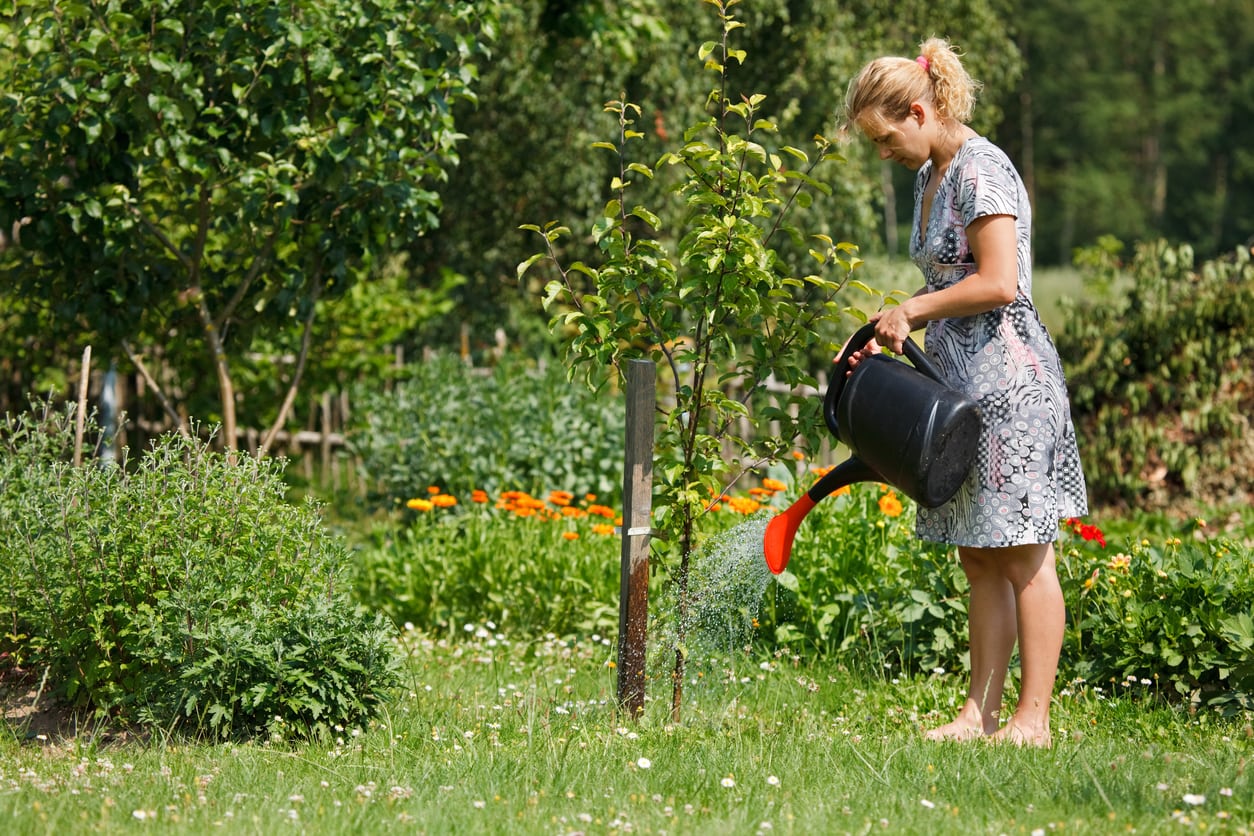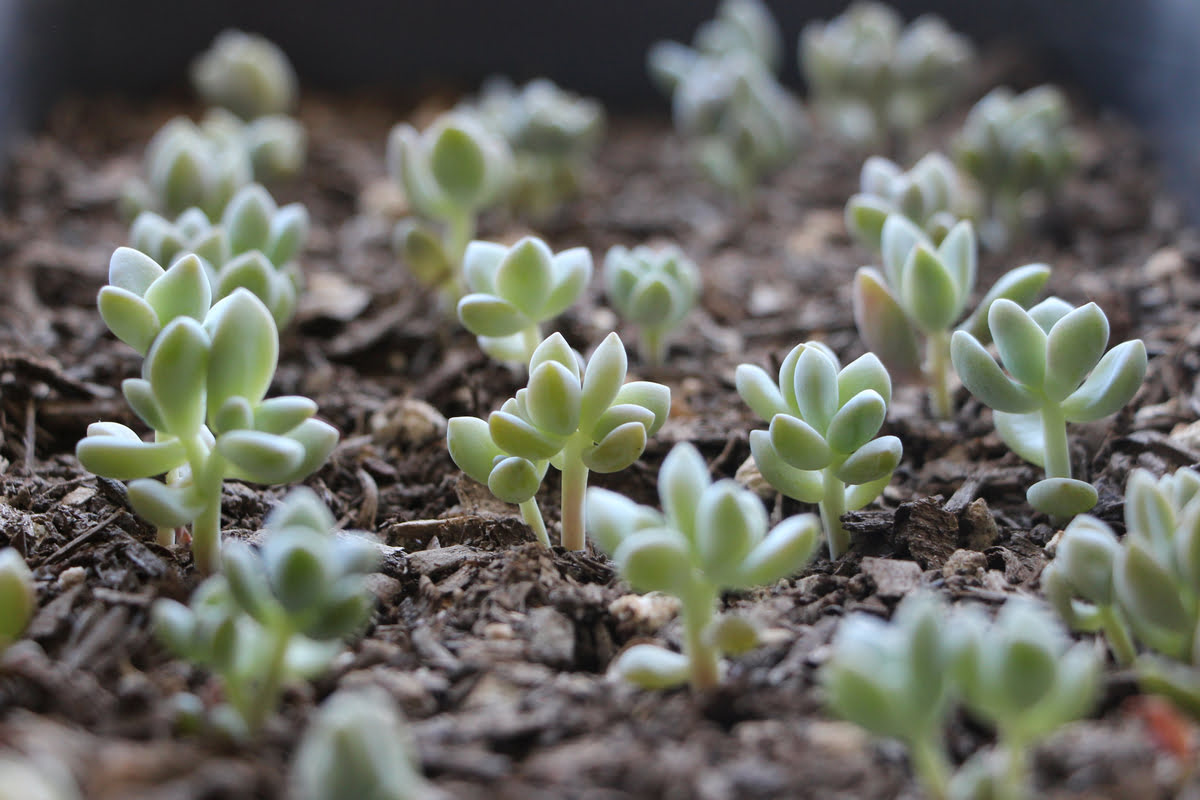Home>Types of Gardening>Edible Gardening>How Often To Water Herbs In Pots
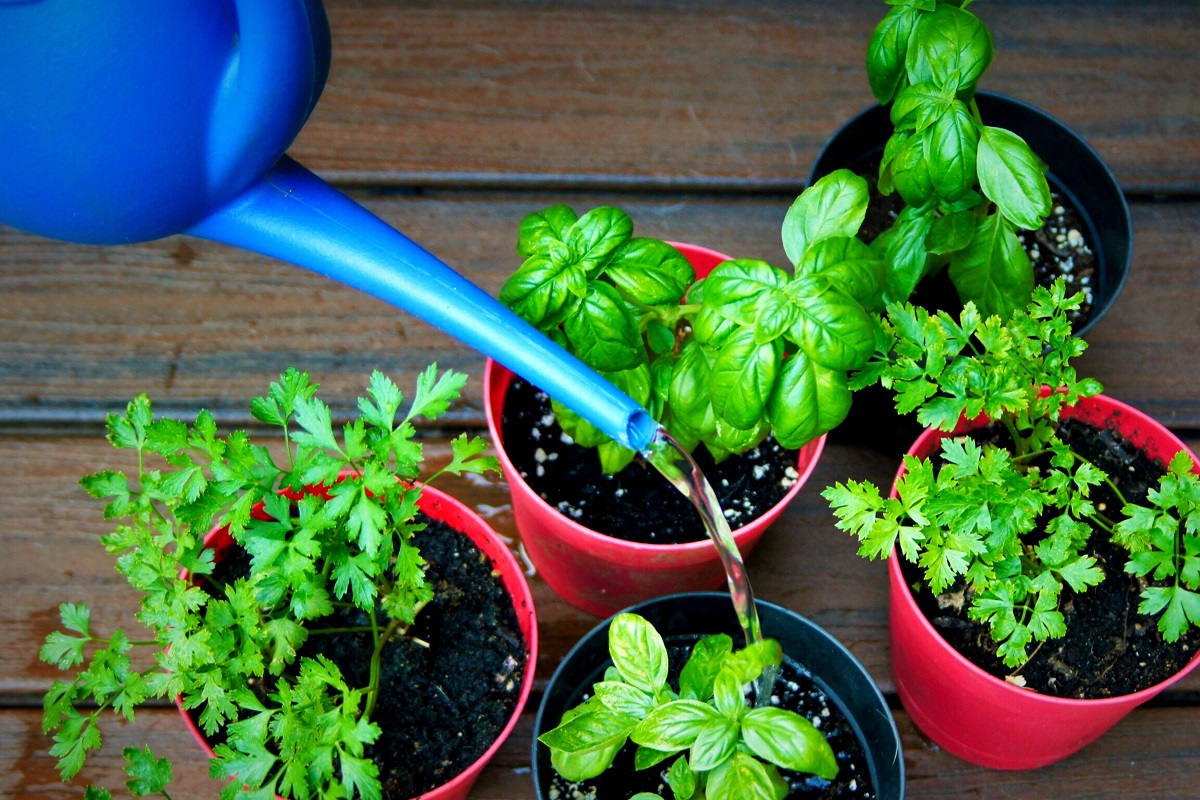

Edible Gardening
How Often To Water Herbs In Pots
Modified: February 6, 2024
Learn how often to water herbs in pots for successful edible gardening. Find out the best watering schedule and tips to keep your herbs thriving.
(Many of the links in this article redirect to a specific reviewed product. Your purchase of these products through affiliate links helps to generate commission for Chicagolandgardening.com, at no extra cost. Learn more)
Table of Contents
Introduction
Welcome to the world of edible gardening! Whether you have limited space or simply enjoy the convenience of having fresh herbs at your fingertips, potted herb gardens are a fantastic way to bring the joys of gardening to your own home. But as with any type of gardening, it’s essential to understand the specific needs of your plants to ensure their success.
One crucial aspect of caring for potted herbs is proper watering. Water is the lifeblood of plants, and getting the watering frequency right is crucial for your herbs’ health and productivity. Too little water, and your herbs will wither; too much water, and they may drown.
In this article, we will explore the factors you should consider when determining the watering needs of potted herbs. We’ll discuss the signs of both underwatering and overwatering, and we’ll provide guidance on watering guidelines for common herbs. By understanding these key aspects, you’ll be equipped with the knowledge to keep your potted herb garden thriving.
So let’s dive in and learn how to give your potted herbs the water they need to flourish!
Understanding the Watering Needs of Potted Herbs
Before we delve into the specifics of watering potted herbs, it’s essential to understand the unique watering needs of these plants. Herbs grown in containers have different requirements compared to those grown in the ground. The confined space of a pot affects their root development and ability to access water.
Potted herbs generally require more frequent watering compared to those planted in the ground. The limited soil volume in a pot means that water is quickly absorbed and evaporates, leading to faster drying out. It’s crucial to provide enough water to keep the soil consistently moist without allowing it to become waterlogged.
Additionally, the type of pot and the soil composition play a crucial role in watering needs. Clay pots tend to dry out faster than plastic or ceramic ones due to their porous nature. Soil that retains moisture well, like a mixture of peat moss and perlite, requires less frequent watering than soil with poor water retention, such as sandy soil.
Another factor to consider is the specific herb you are growing. Different herbs have varying water requirements based on their natural habitat and growth patterns. Mediterranean herbs like rosemary and thyme prefer drier conditions, while leafy herbs like basil and parsley need more moisture to thrive.
By understanding the unique watering needs of potted herbs, you can create a suitable watering routine that will promote optimal growth and prevent common issues like root rot or drought stress. It’s important to closely monitor your herbs’ moisture levels and make adjustments as necessary to maintain a healthy balance.
Factors to Consider When Determining Watering Frequency
When it comes to watering potted herbs, it’s essential to take several factors into consideration to determine the appropriate frequency. By understanding these factors, you can tailor your watering routine to meet the specific needs of your herbs, promoting their overall health and vitality.
1. Plant type: Different herbs have varying water requirements. For instance, herbs like mint and chives thrive in consistently moist soil, while herbs like thyme and sage prefer drier conditions. Research the specific watering needs of the herbs you are growing to ensure you provide the right amount of water.
2. Environment: Factors such as temperature, humidity, and sunlight exposure impact the rate at which your potted herbs dry out. Hotter temperatures and lower humidity levels can lead to faster soil drying. Consider the climate of your region and adjust your watering frequency accordingly.
3. Pot and soil: The type of pot and soil composition affect water retention. Clay pots tend to dry out faster than plastic or ceramic pots, while soil with good water-holding capacity requires less frequent watering. Conversely, sandy or fast-draining soil may need more frequent watering to keep your herbs hydrated.
4. Drainage: Proper drainage is crucial for preventing waterlogged soil and root rot. Ensure your pot has drainage holes to allow excess water to escape. Additionally, consider using a well-draining potting mix that allows water to flow freely.
5. Growth stage: The growth stage of your herbs also impacts watering frequency. During the early stages of growth, herbs may require more frequent watering to establish their root system. As they mature, you can adjust the frequency to maintain optimal moisture levels.
By considering these factors, you can develop a watering schedule that suits the specific needs of your potted herbs. It’s important to monitor the soil moisture regularly and make adjustments as needed, striving for a balance between keeping the soil moist without overwatering.
Signs of Underwatering and Overwatering Herbs in Pots
Proper watering is crucial for the health and well-being of your potted herbs. It’s important to recognize the signs of both underwatering and overwatering to address watering issues promptly and prevent potential damage to your plants.
Signs of Underwatering:
- Wilting: One of the first signs of underwatering is wilting. The leaves of your herbs may appear limp, and the entire plant may droop.
- Dry, Crumbly Soil: Dry soil that pulls away from the sides of the pot indicates a lack of moisture. The soil may feel dry to the touch even when you insert your finger into it.
- Yellowing Leaves: Underwatered herbs may develop yellow or brown leaves that become brittle and prone to falling off.
- Slow Growth: If your herbs are not receiving enough water, their growth may slow down, and they may appear stunted or smaller than usual.
Signs of Overwatering:
- Wilting and Yellowing Leaves: Surprisingly, overwatering can also cause wilting. If the roots are constantly waterlogged, they can’t absorb oxygen, leading to root rot and wilted, yellowing leaves.
- Droopy Appearance: Overwatered herbs may exhibit a droopy appearance, even though the soil is consistently wet.
- Foul Odor: Excess moisture can create a favorable environment for fungal or bacterial diseases, resulting in a foul odor emanating from the soil.
- Mold or Mildew: Overwatering can lead to the growth of mold or mildew on the soil surface or on the leaves of your herbs.
By closely observing your potted herbs and noting these signs, you can determine whether they’re underwatered or overwatered. Adjust your watering practices accordingly to maintain the right moisture balance for your herbs, promoting healthy growth and preventing water-related issues.
Watering Guidelines for Common Herbs in Pots
Each herb has its own specific watering needs, and understanding these requirements is crucial for their overall health and productivity. Below are some general watering guidelines for common herbs grown in pots to help you maintain optimal moisture levels:
Basil: Basil prefers consistently moist soil. Water your basil plant when the top inch of soil feels dry. Avoid letting the soil dry out completely, as this can cause the leaves to wilt or drop.
Mint: Mint loves moisture and thrives in damp soil. Keep the soil evenly moist, but not waterlogged. Water when the top inch of soil feels dry to the touch.
Parsley: Parsley appreciates slightly moist soil. Water your parsley when the top 1-2 inches of soil feels dry. Avoid letting the soil dry out completely, as this can cause the plant to become stressed.
Chives: Chives prefer consistently moist soil. Water the plants deeply when the top inch of soil feels dry. Be careful not to overwater, as chives are susceptible to root rot.
Rosemary: Rosemary thrives in slightly dry conditions. Allow the soil to dry out between waterings, and water deeply when the top 2-3 inches of soil feel dry. Too much moisture can cause root rot.
Thyme: Thyme prefers drier conditions and well-draining soil. Water your thyme plant when the top 1-2 inches of soil feels dry. Avoid overwatering, as excessive moisture can lead to root rot.
Oregano: Oregano appreciates well-drained soil and prefers slightly dry conditions. Allow the soil to dry out between waterings, and water deeply when the top inch of soil feels dry.
Sage: Sage prefers drier soil conditions and excellent drainage. Water your sage plant when the top 2-3 inches of soil feels dry. Avoid overwatering, as this can lead to root rot.
These are general watering guidelines, and it’s important to monitor your potted herbs’ specific needs as they may vary depending on factors such as environmental conditions and the type of pot and soil you use. Remember to adjust your watering routine based on these factors to ensure the best possible care for your herbs.
Tips for Proper Watering Techniques
Watering your potted herbs correctly is essential for their overall health and vitality. Here are some tips to help you master proper watering techniques and ensure the best care for your herbs:
1. Water at the base: When watering your potted herbs, pour the water directly onto the soil at the base of the plant. This helps to avoid wetting the foliage, which can lead to fungal diseases.
2. Deep watering: Water your herbs deeply, allowing the water to penetrate the root zone. This promotes healthy root development and ensures that the entire root system receives adequate moisture.
3. Water when needed: Instead of sticking to a rigid watering schedule, check the moisture level of the soil regularly. Water your herbs only when the top inch or two of soil feels dry. Avoid overwatering, as it can suffocate the roots and lead to rot.
4. Mulch: Apply a layer of organic mulch, such as straw or wood chips, around the base of your herbs. Mulch helps to retain moisture in the soil, reducing the frequency of watering and protecting the roots from extreme temperatures.
5. Use the right watering tool: Use a watering can with a narrow spout or a gentle spray attachment on a hose to control the water flow. This allows you to target the soil without causing erosion or damaging the plants.
6. Observe drainage: Ensure that your pots have proper drainage holes to prevent water from pooling at the bottom. Excess water should be able to flow out freely, preventing the risk of overwatering.
7. Consider self-watering systems: If you often find it challenging to maintain a consistent watering routine, consider investing in self-watering pots or systems. These containers have built-in reservoirs that provide a steady supply of water to the plants.
8. Adjust for seasonal changes: As the seasons change, adjust your watering routine to accommodate the varying needs of your herbs. They may require less water during cooler months and more during hot and dry periods.
By implementing these proper watering techniques, you can help your potted herbs thrive and enjoy a bountiful harvest. Remember, every herb may have slight variations in their watering needs, so it’s important to observe and adjust accordingly for the best results.
Conclusion
Cultivating a vibrant and flourishing potted herb garden requires attention to detail, especially when it comes to watering. Understanding the watering needs of your herbs, recognizing the signs of both underwatering and overwatering, and implementing proper watering techniques are key to their overall health and productivity.
By considering factors such as plant type, environment, pot and soil, drainage, and growth stage, you can determine the optimal watering frequency for your herbs. Additionally, following specific watering guidelines for common herbs in pots ensures that you meet their unique moisture requirements.
Remember to closely observe your potted herbs and adjust your watering routine as needed. Strive for a balance between providing enough water to keep the soil moist, without allowing it to become waterlogged or too dry. Proper watering techniques, such as watering at the base, deep watering, and using the right watering tool, contribute to the overall success of your potted herbs.
With these guidelines and tips for proper watering, you can create an environment that supports the growth and well-being of your potted herbs. So, keep a watchful eye, fine-tune your watering routine, and enjoy the pleasure of harvesting fresh and flavorful herbs from your very own garden.
